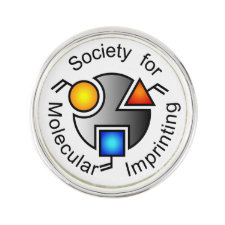
Authors: Dickert FL, Lieberzeit PA
Publication date: 2000
Chapter title: Solid-State Sensors for Field Measurements of Gases and Vapors.
Page numbers: 3831-3855.
DOI: 10.1002/9780470027318.a0921
Book title: Encyclopedia of Analytical Chemistry
Editors: Meyers RA
Publisher: John Wiley & Sons Ltd.
City: Chichester
Abstract: Remote and in-field analysis is developing into a crucial aspect of modern analytical chemistry. Chemical sensors, which are small measuring devices consisting of a recognition layer, a transducer and the measurement electronics, have proven to be highly suitable tools for this purpose. Although usually they are constructed for the detection of very limited amounts of chemical compounds and often do not reach the detection limits of modern analytical instruments, they show very desirable advantages: the systems are easy to operate, mostly rugged, small, good value and can be manufactured by established technological methods. Due to their size and ruggedness they can even be operated in harsh environments and often they can be constructed to be suitable for remote measurements, where several sensors are interrogated by a central analytical site.
Devices being used include optical fibers, field effect transistors (FETs), electrochemical cells (be they potentiometric or amperometric) and mass-sensitive components of all kinds. The chemically-sensitive coatings range from bare transducer surfaces to dyes reacting with analyte or sterically-specific binding sites (host–guest complexes etc.). A seeming drawback is the fact that only few sensors react specifically towards one defined component but normally show a sensitivity pattern towards chemically-related substances. By using an array of several components followed by modern methods of data evaluation (such as neural networks) a group of analytes can be detected and characterized simultaneously. This article introduces device and recognition layer principles as well as covering field sensors published during the last one and a half decades based on all the different kinds of transducers and sensor layers. Some of the devices (such as the lambda probe) are already marketed, others are developed to a stage where field measurements have already been carried out, but which are not market-ready.



Join the Society for Molecular Imprinting

New items RSS feed
Sign-up for e-mail updates:
Choose between receiving an occasional newsletter or more frequent e-mail alerts.
Click here to go to the sign-up page.
Is your name elemental or peptidic? Enter your name and find out by clicking either of the buttons below!
Other products you may like:
 MIPdatabase
MIPdatabase









